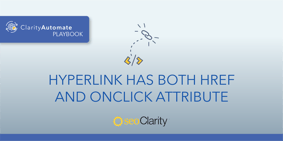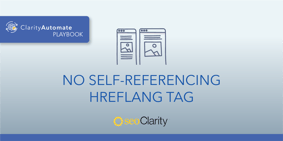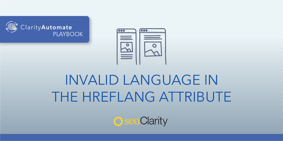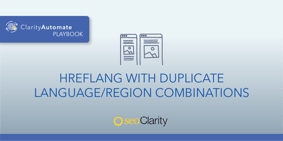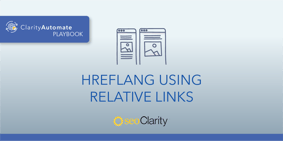The “onclick” attribute does what it sounds like: it’s activated when a user clicks it. However, Googlebot will follow the href reference, while users experience the onclick.
SEO Platform
Modern SEO Platform. AI-Driven. Enterprise-Ready.
ClarityAutomate
SEO Execution at Scale Without the Dev Team.
AI Search
AI Search Optimization
SEO Data Services
On-Demand SEO Data, Built for Integration.




